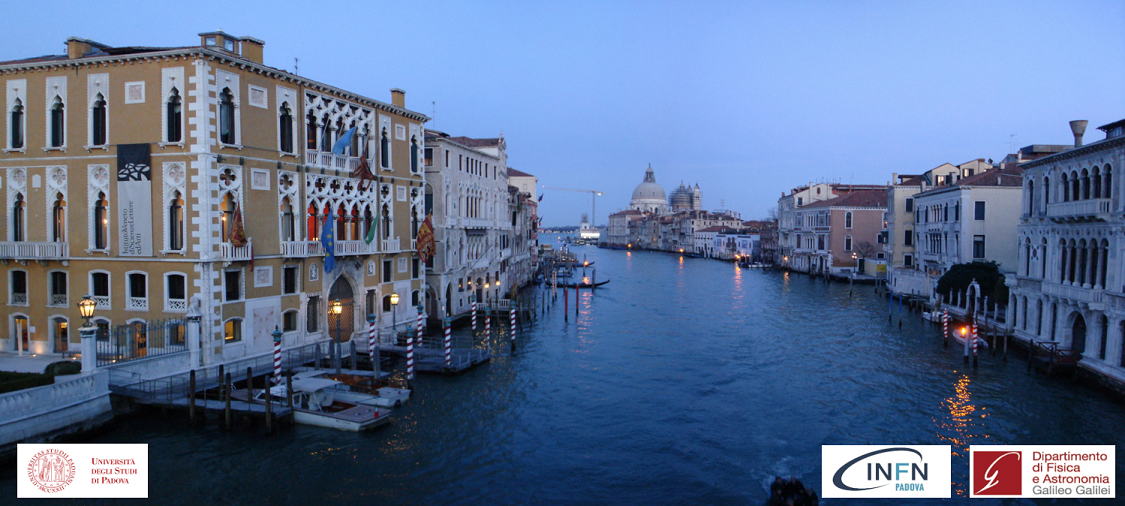Speaker
Description
As an underground multi-purpose neutrino detector with 20 kton liquid scintillator, Jiangmen Underground Neutrino Observatory (JUNO) currently under construction in southern China has great potential to detect the nucleon decay, which now remains as a key signature of Grand Unified Theories. The nucleon decay provides a direct observation of baryon number violation process that can contribute to understand the matter-antimatter asymmetry of the Universe. Although it has been the focus of many experiments over the past several decades, no experimental evidence to date for nucleon decay. Since the JUNO LS target consists of about 88% $^{12}$C and 12% $^{1}$H, the invisible decays of neutrons from the s-shell in $^{12}$C will result in a highly excited nucleus. It has been found that some de-excitation modes of the excited nucleus can produce time- and space-correlated triple coincidence feature in LS detector. This poster reports the JUNO sensitivity to search for invisible decay modes of the neutron. Based on MC simulations, we made comprehensive estimates for all possible backgrounds, including accidental triple coincidences from inverse beta decays, natural radioactivity and cosmogenic isotopes. The correlated backgrounds from atmospheric neutrino neutral current events have also been evaluated. We use the Pulse Shape Discrimination (PSD) and Multi-Variate-Analysis (MVA) techniques to suppress backgrounds further. A preliminary sensitivity result of neutron invisible decays at JUNO will be presented.

